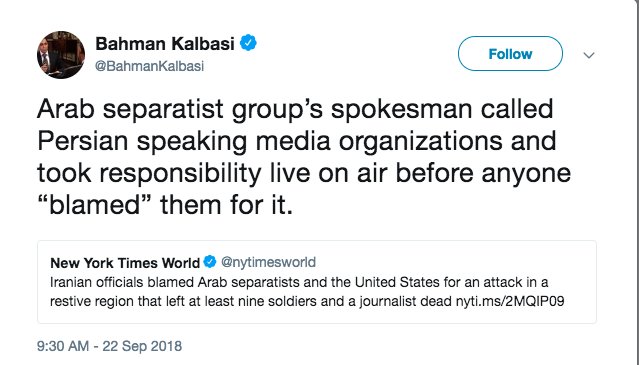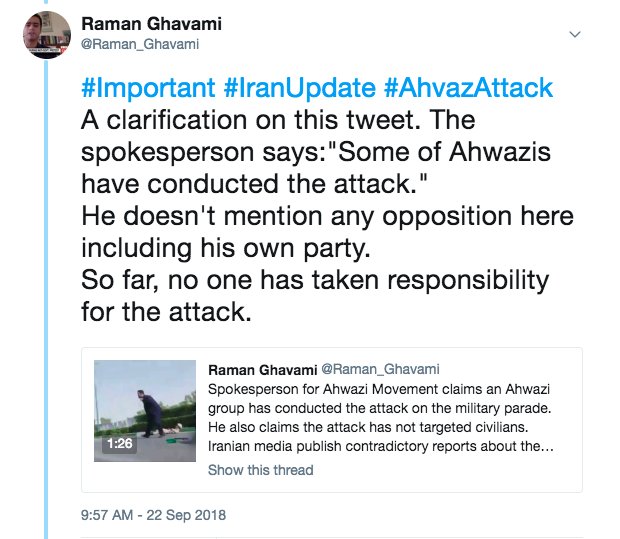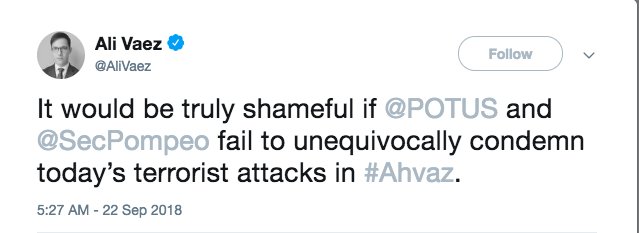2/
4/
But indirect deaths exceed direct, with 130,000 people dying due to lack of access to food and infrastructure.
60% of deaths are indirect.
6/
In 2019, a child dies every 12 minutes from conflict (both direct and indirect).
7/
If the conflict continues through 2022, we estimate that 330,000 children will die, that the share of mortality will increasingly be indirect.
8/
9/

10/















